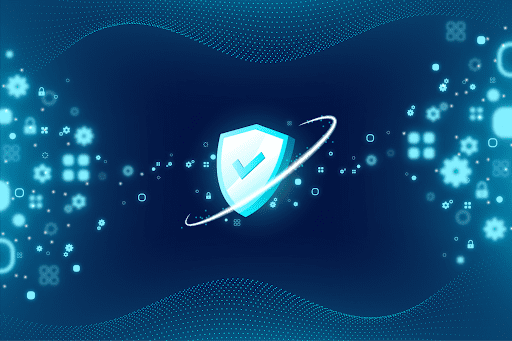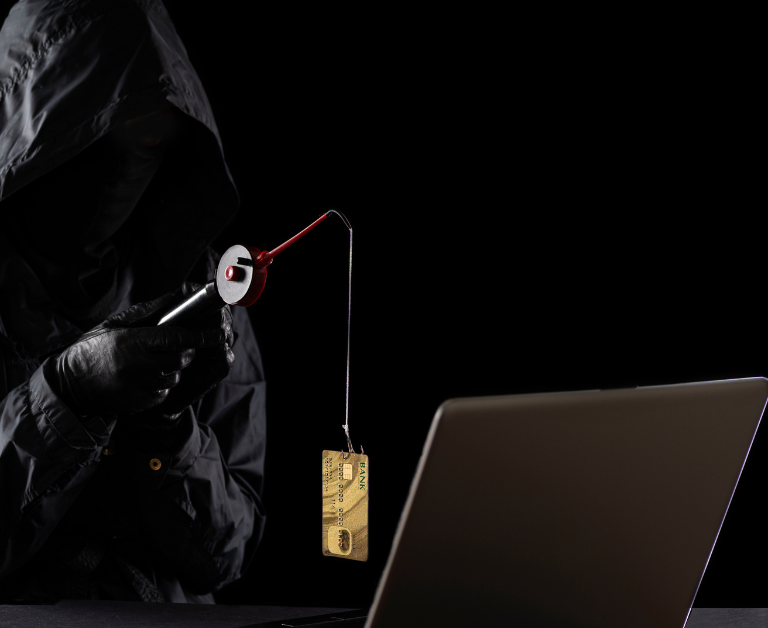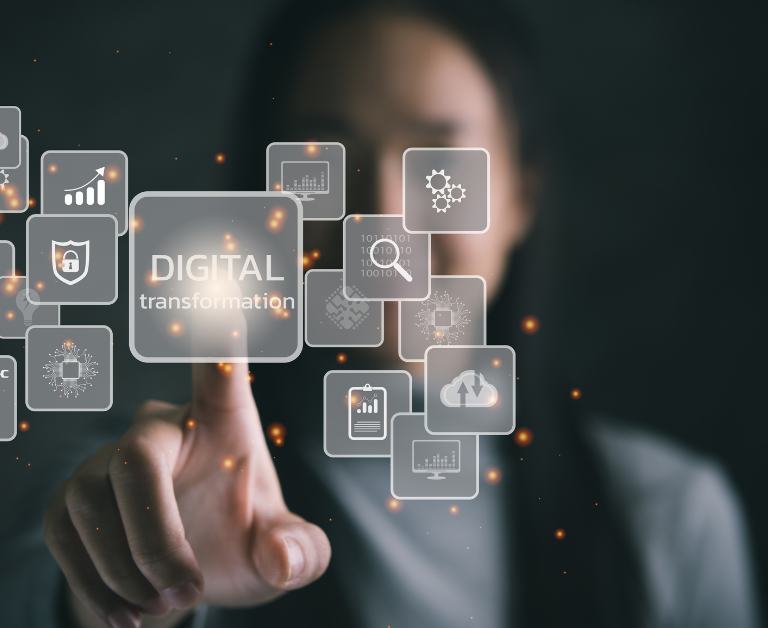Decision-making processes are integral to how humans cope with many situations and make their lives balanced. Humans make thousands of choices every day through general information or by assessing alternative resolutions for the same scenario. Each decision helps shape humans’ cognitive response toward a problem by rationalizing it and identifying the right actions to follow. It helps humans focus on the task and distribute the amount of attention. In short, decision-making saves a lot of time and energy by rationalizing and creating shortcuts.
Some decisions can be based on biases that can neither be deemed excellent nor illogical. Biases are based on prejudices that can be positive and helpful in some cases. However, sometimes it can hinder us from growing or making the best decisions. For instance, someone believing in expediency bias tends to make decisions quickly. Such biases can be lifesaving in times of danger if someone comes to attack or if an accident occurs. But in instances such as making investments for business or crossing a road, this bias can bring more harm than good.
Prejudice is a problem that plagues many industries and professions, and cybersecurity is no exception. That’s why it’s best to use the seeds model in cybersecurity practices to mitigate the risks due to decisions taken with unconscious bias. The seeds framework has proved effective in making decisions while defining cyber security practices.
In this article, you will learn more about five significant categories of bias.
Understanding The Seeds Model for Creating Better
Cybersecurity Environment
The seeds model filters down five fundamental biases that form the foundation for all other biases. The seeds framework is especially essential when devising new and improved ways to manage software systems, create testing methods, and design new applications. Let us take a closer look at the biases that drive most of our cognitive ability for decision-making and their impacts.
1. Similarity bias: Choosing what is similar over what is different
Similarity biases impact decisions that correspond to people with identical goals or emotions. People tend to be biased to like others who think like them or have the same ideologies. For example, organizations apply such biases when they are making decisions about hiring, promoting, or assigning a project to someone. They may have a predefined idea of how an individual should perform, which can showcase highly motivated ones in the limelight. There may be talented individuals who have not been exposed to more experiences and might take time to bring their full potential to the table. Overcoming a similarity bias means being open-minded and welcoming different points of view and multiple realities.
In cybersecurity practices, similarity bias explains why people always think about the same solutions against different cybersecurity issues—for example, creating the same passwords because it is easier to remember and use them everywhere.
2. Expedience bias: Choosing to act quickly rather than delay it
There are things humans know for sure or have a gut feeling about. Some decisions may be instinctively taken, while others may be based on facts and past experiences. While quick decisions may save us from impending danger, one disadvantage of this bias is the tendency to rush to a conclusion without fully considering all the sides of an issue. It’s simply part of human nature to want to take the quickest and easiest route possible. Oftentimes, this doesn’t become an issue. However, when it comes to cybersecurity, this bias can have dire consequences.
To make it more concrete, let’s say you receive an e-mail from an unknown sender. The e-mail looks completely legitimate, and even contains what appears to be sensitive information. Your first instinct is to open it, but something tells you that you should probably exercise caution. However, your bias towards expedience gets the better of you and you click on the attachment anyways. Unfortunately, doing so releases malware onto your computer, which could lead to all sorts of problems down the road.
3. Experience bias: Choosing gathered information from the past to be the objective truth
Different people have different perspectives, journeys and naturally, one’s reality may not hold for others. Experience biases occur when one’s assumptions or preconceived notions dictate their point of view in solving a given problem or a situation. To escape the bias, people need to be exposed to new situations and experiences, intake others’ perspectives and reframe their mindset.
Experience bias makes one think that what once worked in the past can also work in the future. In today’s evolving world, the needs and security landscape change constantly. A strong security measure may not be the best approach for a new application or system built in the modern day. For example, a cybersecurity analyst who has been working in the field for five years is likely to have a very different view of the threat landscape than someone who is just starting out.
4. Distance bias: Choosing what is closer than what is distant
Distance bias is a cognitive bias that refers to the tendency to favor things that are physically closer to us. This bias manifest itself through various methods from the decisions we make about where to live and work to the products we purchase. The distance bias is often explained by our limited cognitive resources: it takes more effort to think about things that are far away, so we tend to default to what is closest. Overdependence on immediate outcomes is often less beneficial in the long-term.
Cybersecurity can seem like a far-off problem, something that happens to other people or businesses. Unfortunately, reality states that it could happen to anyone, anytime. This type of bias can lead to decision-makers feeling like they don’t need to invest in cybersecurity as soon as possible because it’s not perceived as an immediate threat. But by not taking steps to protect themselves, they’re leaving themselves vulnerable to attack. Cybercrime is a real and growing threat, and it’s one that all businesses have to take seriously.
5. Safety bias: Choosing security over seeking out to achieve
Safety bias is a natural human tendency to avoid danger. One typical instance is when people prefer saving money over investing to avoid loss. According to them, bad has more impact than good. This bias can be observed on financial, investment, or even cyber security decisions. A CEO, for example, might be unable to let go of a business unit that is not making profit simply because of resources already invested.
In the context of cybersecurity, this can mean prioritizing the protection of existing systems and data over the exploration of new technologies or the development of innovative solutions. While there is certainly value in focused defense, safety bias can limit an organization’s ability to adapt and grow in the face of ever-changing threats.
Safety biases make one slow down and hold back from making healthy decisions. One form of preventing safety prejudice in cyber security practice by organizations is investing in bug bounty programs against hackers who attack credential data and cause harm.
Smart Cyber Security Solutions: BugBounter
Businesses need to strike a balance between security and innovation in order to stay ahead of the curve. By encouraging creativity and embracing new ideas, businesses can ensure that their cybersecurity solutions are always up to the challenge. Mitigating risks in cybersecurity is not a one-man’s job, and it can’t be handled alone. BugBounter is a company that helps enterprises and individuals make smarter decisions and helps reinforce high security in their systems. BugBounter provides with 24/7 availability, scoping flexibility, and cost- effective bug bounty services with 2300 cybersecurity experts.With the number of daily tasks, cybersecurity programs should not take a backseat. Bug bounty programs help organizations identify bugs that exist without being noticed. BugBounter helps organizations seek individuals who can identify such errors and make sure that their investments in security programs never go waste. It also helps overcome exploits and vulnerabilities. Contact with us and we will get back to you immediately.





